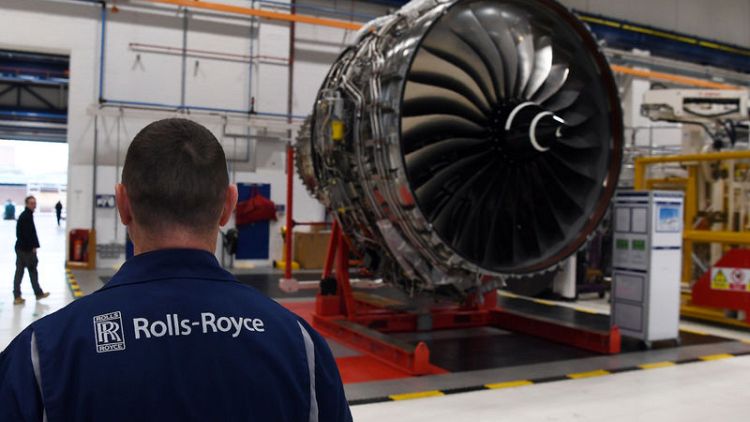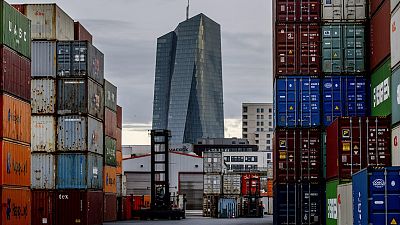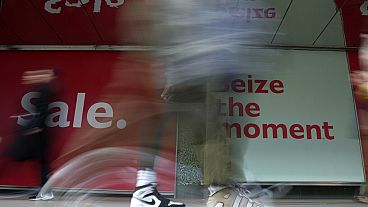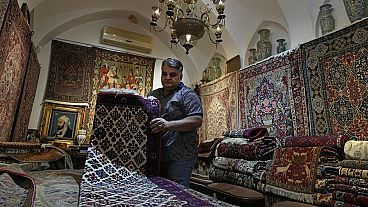By Paul Sandle
LONDON (Reuters) - Rolls-Royce said it had withdrawn from a competition to power Boeing's planned mid-market aircraft because it could not meet the timetable, as costs related to its Trent 1000 engine led to a full-year operating loss of 1.16 billion pounds.
The British company, which makes engines for large civil aircraft, military planes, ships, trains and for other industrial uses, has faced durability problems with its Trent 1000 engine which powers the Boeing Dreamliner 787 jet.
Rolls on Thursday increased the charge it had taken on fixing Trent 1000 problems to 790 million pounds from 554 million pounds at the half year.
It said the rest of the business was performing well and forecast a jump in free cash flow by 2020, but said it had withdrawn from the competition to work with Boeing on the mid-size plane because it did not want to overstretch itself.
"Delivering on our promises to customers is vital to us and we do not want to promise to support Boeing's new platform if we do not have every confidence that we can deliver to their schedule," Chris Cholerton, the president of the civil aerospace division, said.
Boeing has proposed launching a new mid-sized jetliner to fill a gap between the narrow and wide-body aircraft.
Rolls Chief Executive Warren East said the company had made solid progress despite the challenges it faced on Trent 1000 in-service issues.
"We identified and are implementing the fixes to improve the health of the Trent 1000 fleet," he said.
The company reported a doubling in group underlying operating profit to 616 million pounds and said it was targeting free cash flow of at least 1 billion pounds by 2020.
For 2018 core free cash flow more than doubled to 641 million pounds, which it said was ahead of expectations. Core free cash flow comes from the parts of the business it will retain after it has made several disposals.
(Reporting by Paul Sandle; Editing by Kate Holton and Edmund Blair)



